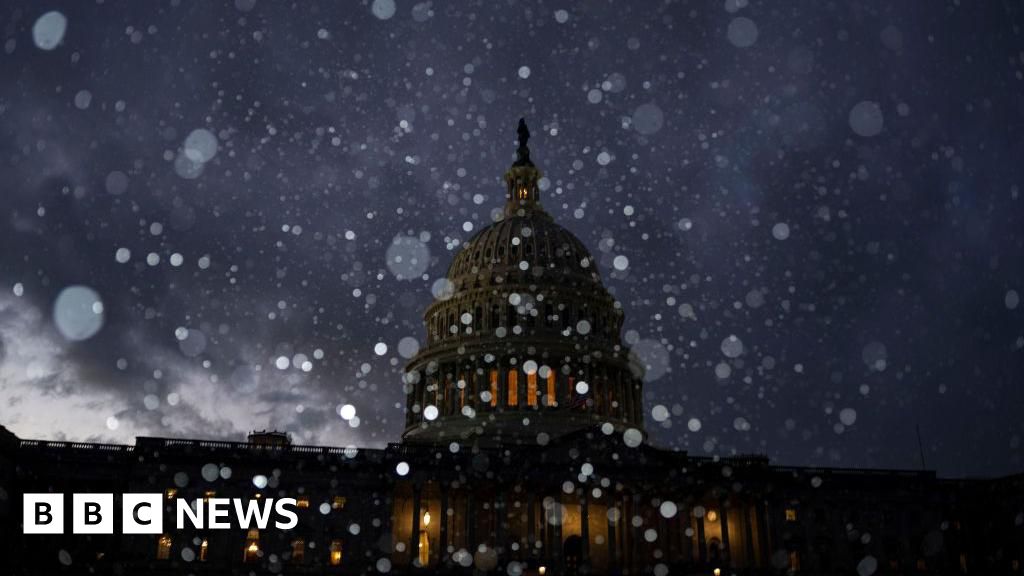If you’re planning a trip to the United States next year, you may be eligible to skip the long lines at the border.
In 2025, Australia will join more than 20 other countries in the US Global Entry program, providing more streamlined immigration and customs clearance for eligible Australian travellers on arrival into the US.
The program will initially be available from this month to a limited number of Australians who frequently travel to the US, with work underway to open up the program to all eligible Australians who wish to apply later in the year.
Global Entry program members will automatically be eligible to participate in the Transportation Security Administration’s PreCheck program, which means a faster screening process for Australians travelling on US domestic flights.
Electronic Travel Authorisation for the UK
In one of the most significant changes next year, Australians will now need an Electronic Travel Authorisation (ETA) before entering the United Kingdom.
Starting 8 January, Australian passport holders entering the UK must apply for an ETA and have their application approved before boarding a flight.
Extended Euro summer
From 1 May 2025, Australians travelling to Europe’s Schengen Area will need to apply for an ETIAS (European Travel Information and Authorisation System) visa waiver.
The ETIAS process is straightforward, requiring travellers to complete an online form and pay a €7 ($11.7) fee for a three-year authorisation or until their passport expires.
It’s an extra step, but the new process aims to make travelling across European borders more efficient and simplify entry for tourists.
Changes to flight routes
From February 2025, Qantas will expand its international network with 220,000 extra seats on popular routes. The airline will stop flying between Sydney and Seoul, while Jetstar will increase flights from four per week to daily.
Meanwhile, Emirates will axe its Singapore to Melbourne route from 30 March and replace it with a third non-stop service from Melbourne to Dubai.
Virgin Australia will also be cutting its daily Cairns to Tokyo service next year. The airline launched the route in June 2023.
“A below forecast recovery of visitors travelling from Japan to Australia due to sustained weakness in the Japanese yen, has impacted demand for the services, rendering the route commercially unsustainable,” a statement from the airline said.
What will happen to airfares?
According to the annual Amex Air Monitor report, airfares within and from Australia will surge in 2025.
The report predicts domestic economy airfares will jump 13.7 per cent from 2024 prices, and ticket prices from Australia to Asian destinations will increase 12 per cent compared to this year.
Australians with domestic destinations on their travel wish list next year can expect to pay a lot more unless another airline enters the market.
According to the Australian Competition and Consumer Commission (ACCC), domestic airfares have increased due to a significant reduction in competition since and Rex withdrew from major domestic routes.
“The domestic airline industry is a dynamic environment, making it difficult to speculate over factors that may impact airfares in the future,” an ACCC spokesperson told SBS News.
“However, the ACCC notes that there are observable impacts on airfares with greater competition. A recent Treasury study indicated that the presence of an additional airline on a route can reduce airfares by 5 to 10 per cent.
“One of the more significant factors is the price of jet fuel, which will typically account for between 15 per cent and 25 per cent of an airline’s operating costs. However, our November 2024 report notes that the price of jet fuel in September 2024 was at its lowest since September 2021.”
Travel trends for 2025
In the world of travel, there are myriad trends at all times — from the actual destinations to the ways people approach them and beyond.
Travel comparison website Skyscanner’s Travel Trends 2025 report reveals the increase in online search traffic for certain destinations between 1 January 2024 and 30 June 2024, compared to the same period the previous year.
Topping the charts is Siem Reap in Cambodia, home to one of the largest temples in the world. Internet search traffic for the tourist hot spot surged by 529 per cent over the period analysed.
Siem Reap has taken out the top spot for Australia’s trending travel destinations in 2025. Credit: SBS News
Vanessa Richards is the co-founder of Byrdli, an online Australian-based travel club designed to link content creators with consumers by offering personal and customised travel products.
Richards said content creators are the new “power brokers” of the travel industry and predicts that trends such as eco-conscious travel and artificial intelligence (AI) personalisation are going to fundamentally redefine the world of travel in 2025.
“Content creators are now the driving force in how travel is discovered, curated and booked. It’s the ability to connect deeply with their audience, meaning that their trust and recommendations are more powerful than traditional advertising and booking platforms,” she said.
“Community-driven travel will be a big part of the change; travellers are now seeking human connection and personalised recommendations. That’s going to be the new standard, much like how sustainability used to be a buzzword, it’s now a non-negotiable.
“Travellers are actually going to be demanding eco-conscious options. Destinations are going to need to respond to that by prioritising regenerative tourism, protecting the local environments and cultures while supporting local communities.”
Enter AI
Hugh Aitken, vice president of strategic relations and development at Skyscanner, said the use of AI won’t just impact travellers who use the technology to craft itineraries but will also impact airlines as they respond to global economic pressures.
“Many airlines are adopting new technologies at pace to better serve travellers, to respond to market demand, including through AI-driven revenue management decisions and more personalised and dynamic offers,” he said.
“At the same time, airlines are grappling with global macro-economic pressures and geopolitical issues which are putting strain on routes and profitability.”











